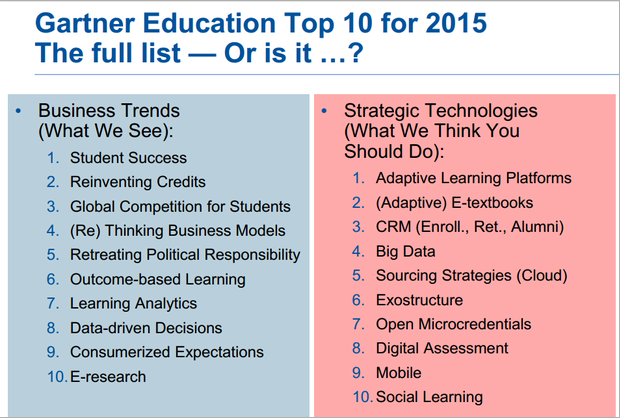
Reposted from the Wall Street Journal:
Interest in specialized, one-year masters programs in business analytics, the discipline of using data to explore and solve business problems, has increased lately, prompting at least five business schools to roll out stand-alone programs in the past two years. The growing interest in analytics comes amid a broader shift in students’ ambitions. No longer content with jobs at big financial and consulting firms, the most plum jobs for B-school grads are now in technology or in roles that combine business skills with data acumen, say school administrators.
Amy Hillman, dean at Arizona State University’s W.P. Carey School of Business, said interest in a year-old master’s program in business analytics has spread “like wildfire.” More than 300 people applied for 87 spots in this year’s class, according to the school. Ayushi Agrawal, a current Carey student, said she left her job as a senior business analyst at a Bangalore, India, branch of a Chicago-based analytics firm to enroll in the program. As data become central to more business decisions, “I want to be at the forefront” of the emerging field, the 24-year-old student said.
Michael Rappa, founding director of the Institute for Advanced Analytics at North Carolina State University, said analytics is best studied in an interdisciplinary context, rather than only through a university’s business school. “Analytics programs in a business school will always be in the shadow of the M.B.A. program,” said Dr. Rappa, architect of the Institute’s popular Master of Science in Analytics program, launched in 2007. “That’s how the school is ranked.”






